| Term | Meaning |
|---|---|
| Pathogen | A disease-causing organism, including bacteria, |
| Antigen | Molecule that stimulates an immune response |
| Innate immune system | Non-specific immune system |
| Adaptive immune system | Antigen-specific immune system |
| Antibody | Specialized Y-shaped protein that tags antigens for destruction |
| B cells | White blood cells that produce antibodies and aid in immunological memory |
| T cells | White blood cells specialized to assist B cells (helper T) and others directly kills infected cells (killer T) |
| Humoral immunity | Adaptive immune defense depending on the action of antibodies |
| Cell-mediated Immunity | Adaptive immune defense in which foreign cells are destroyed by T cells |
| Virus | Nonliving particle containing protein and DNA/RNA that can infect a living cell |
| Vaccine | A killed or weakened form of a pathogen that produces immunity when injected into the body |
Infectious disease
Infectious diseases are caused by viruses, bacteria, fungi, protists, and other pathogens.
Pathogens are often spread through coughing, sneezing, and physical contact between people. They can also be spread through contamination of water supply, or through the exchange of body fluids, including sexual intercourse or
Nonspecific defense: the innate immune system
The human body has a series of nonspecific defenses that make up the innate immune system. These defenses are not directed against any one pathogen but instead, provide a guard against all infection.
First line of defense
The body's most important nonspecific defense is the skin, which acts as a physical barrier to keep pathogens out. Even openings in the skin (such as the mouth and eyes) are protected by saliva, mucus, and tears, which contain an enzyme that breaks down bacterial cell walls.
Second line of defense
If a pathogen does make it into the body, there are secondary nonspecific defenses that take place.
An inflammatory response begins when a pathogen stimulates an increase in blood flow to the infected area. Blood vessels in that area expand, and white blood cells leak from the vessels to invade the infected tissue. These white blood cells, called phagocytes engulf and destroy bacteria. The area often becomes red, swollen, and painful during an inflammatory response.
When a pathogen has invaded, the immune system may also release chemicals that increase body temperature, producing a fever. Increased body temperature may slow or stop pathogens from growing and helps speed up the immune response.
Specific defense: the adaptive immune system
When pathogens are able to bypass innate immune defenses, the adaptive immune system is activated.
Cells that belong in the body carry specific markers that identify them as "self" and tell the immune system not to attack them.
Once the immune system recognizes a pathogen as "non-self," it uses cellular and chemical defenses to attack it. After an encounter with a new pathogen, the adaptive immune system often "remembers" the pathogen, allowing for a faster response if the pathogen ever attacks again.
Specific immune responses are triggered by antigens. Antigens are usually found on the surface of pathogens and are unique to that particular pathogen. The immune system responds to antigens by producing cells that directly attack the pathogen, or by producing special proteins called antibodies. Antibodies attach to an antigen and attract cells that will engulf and destroy the pathogen.
The main cells of the immune system are lymphocytes known as B cells and T cells. B cells are produced and mature in bone marrow. T cells are also produced in bone marrow, but they mature in the thymus.
Humoral immunity
Humoral immunity relies on the actions of antibodies circulating through the body.
Humoral immunity begins when an antibody on a B cell binds to an antigen. The B cell then internalizes the antigen and presents it to a specialized helper T cell, which in turn activates the B cell.
Activated B cells grow rapidly, producing plasma cells, which release antibodies into the bloodstream, and memory B cells, which store information about the pathogen in order to provide future immunity.
Cell-mediated immunity
Antibodies alone are often not enough to protect the body against pathogens. In these instances, the immune system uses cell-mediated immunity to destroy infected body cells.
T cells are responsible for cell-mediated immunity. Killer T cells (cytotoxic T cells)assist with the elimination of infected body cells by releasing toxins into them and promoting apoptosis. Helper T cells act to activate other immune cells.
Vaccines
Vaccines work by taking advantage of antigen recognition and the antibody response. A vaccine contains the antigens of a pathogen that causes disease. For example, the smallpox vaccine contains the antigens specific to smallpox. When a person is vaccinated against smallpox, the immune system responds by stimulating antibody-producing cells that are capable of making smallpox antibodies. As a result, if the body comes into contact with smallpox in the future, the body is prepared to fight it.
Viral structure
Viruses are infectious particles that reproduce by hijacking a host cell and using its machinery to make more viruses.
There are many kinds of viruses, differing in structure, genome, and host specificity. However, viruses tend to have several features in common. All viruses contain a protective protein shell, or capsid, that houses their nucleic acid genome (either DNA or RNA).
Some viruses also have a membrane layer called an envelope that surrounds the capsid.
Steps of viral infection
Viruses reproduce by infecting their host cells, providing instructions in the form of viral DNA or RNA, and then using the host cell's resources to make more viruses.
- The virus recognizes and binds to a host cell via a receptor molecule on the cell surface.
- The virus or its genetic material enters the cell.
- The viral genome is copied and its genes are expressed to make viral proteins.
- New viral particles are assembled from the genome copies and viral proteins.
- Completed viral particles exit the cell and can infect other cells.
Common mistakes and misconceptions
- Not all bacteria are pathogens. Most bacteria are actually harmless and, in fact, we would not survive without them! Bacteria help us digest food, produce vitamins, and act as fermenting agents in certain food preparations.Some bacteria also fill niches that would otherwise be open for pathogenic bacteria. For example, the use of antibiotics can wipe out gastrointestinal (GI) flora. This allows competing pathogenic bacteria to fill the empty niche, which can result in diarrhea and GI upset.
- Some diseases have been nearly eliminated through the use of vaccines.However, this does not mean that we should stop vaccinating against these diseases. Most of these diseases still do exist in the human population, and without the continued use of vaccines, people are at risk of getting and spreading the disease.
- Some people may think that vaccines provide permanent immunity to a disease. For some diseases, a single vaccine is sufficient, but for many diseases you must get vaccinated more than once to be protected.For example, the flu vaccine becomes less effective over time because of how rapidly the flu virus mutates. Therefore, the flu shot’s formulation changes each year to protect against specific viruses that are predicted to be prominent each year.



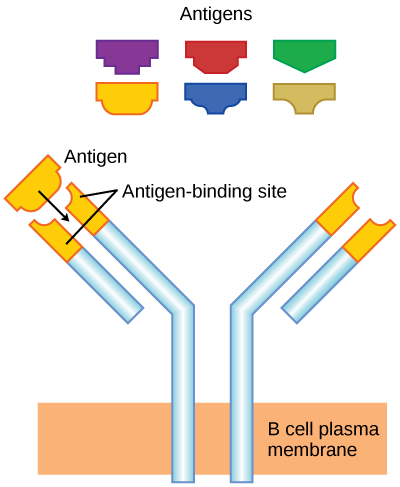
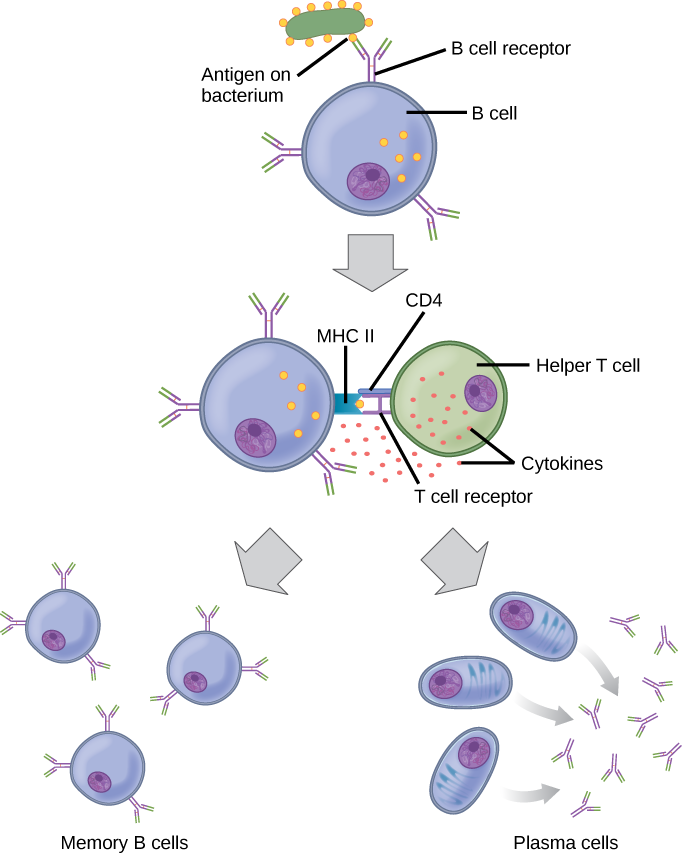
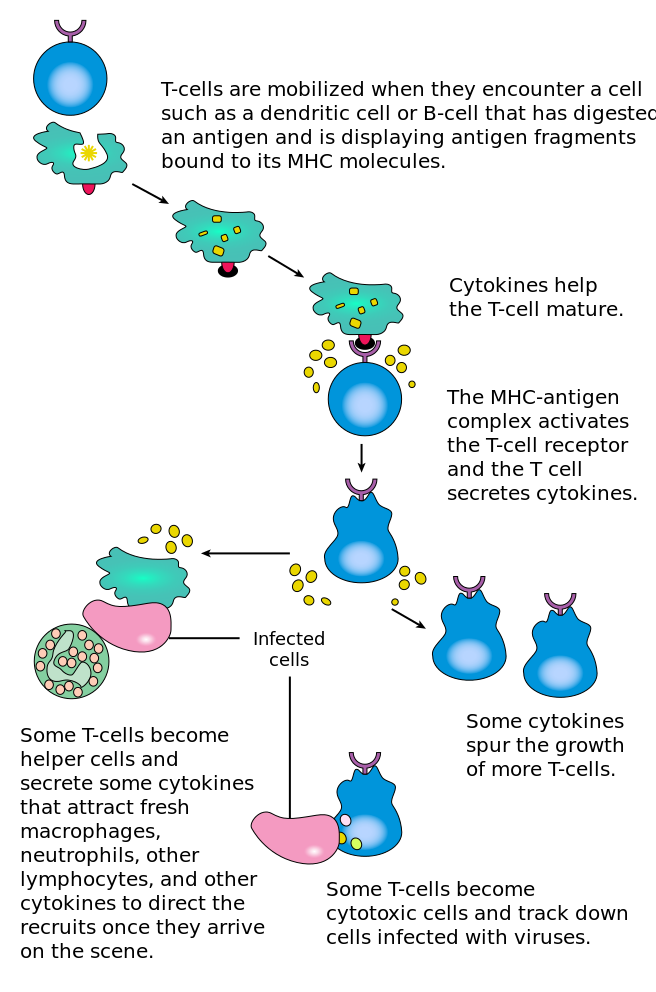
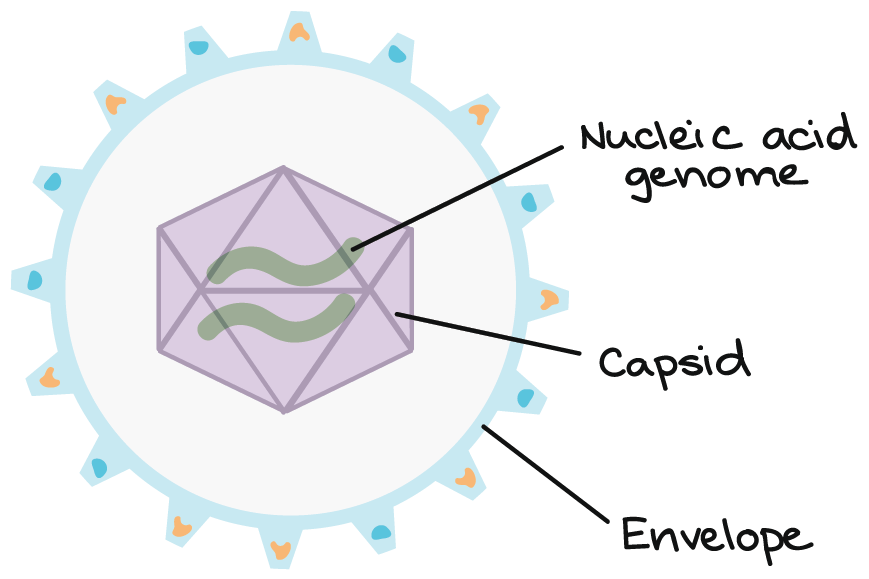
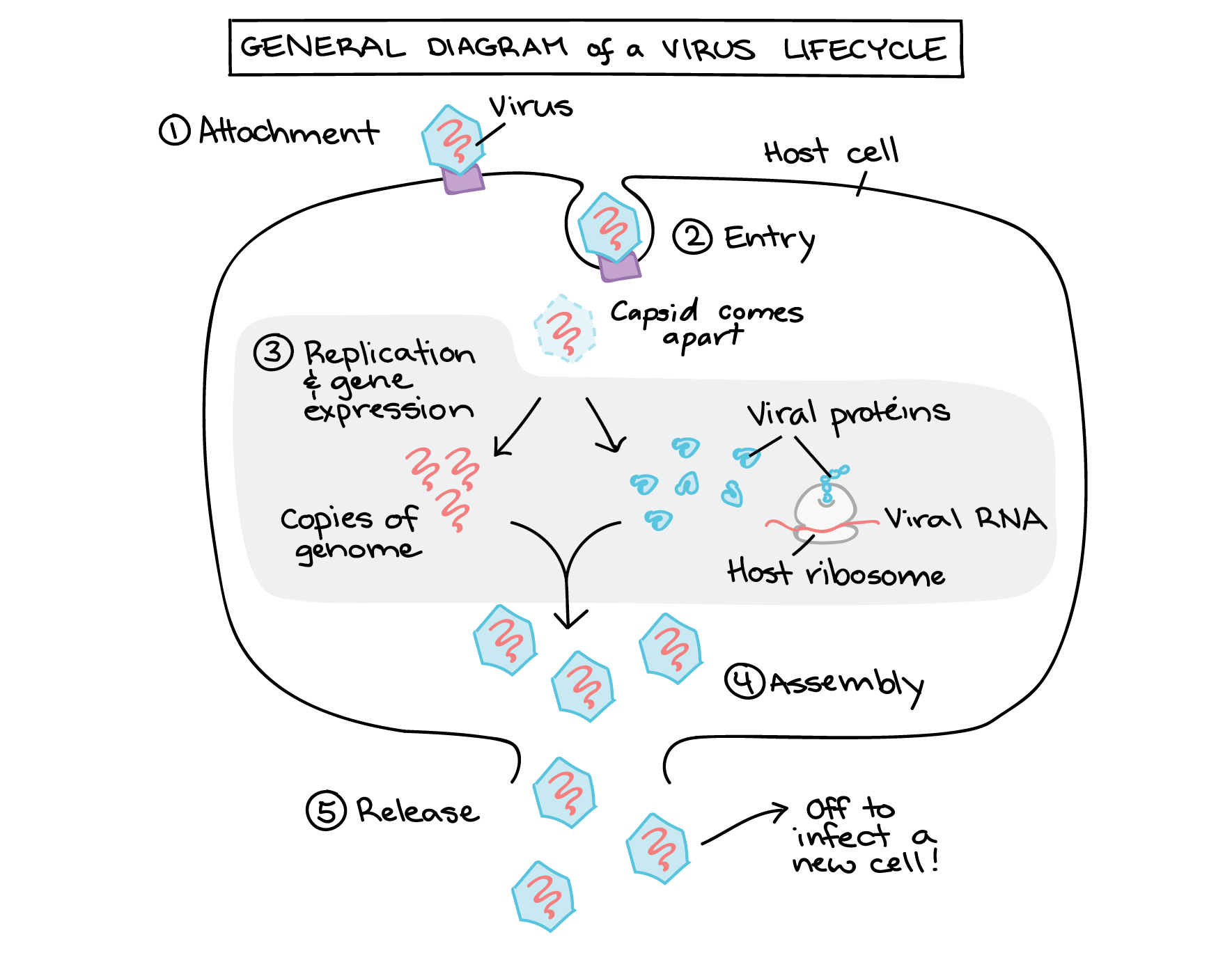



























0 Comments: